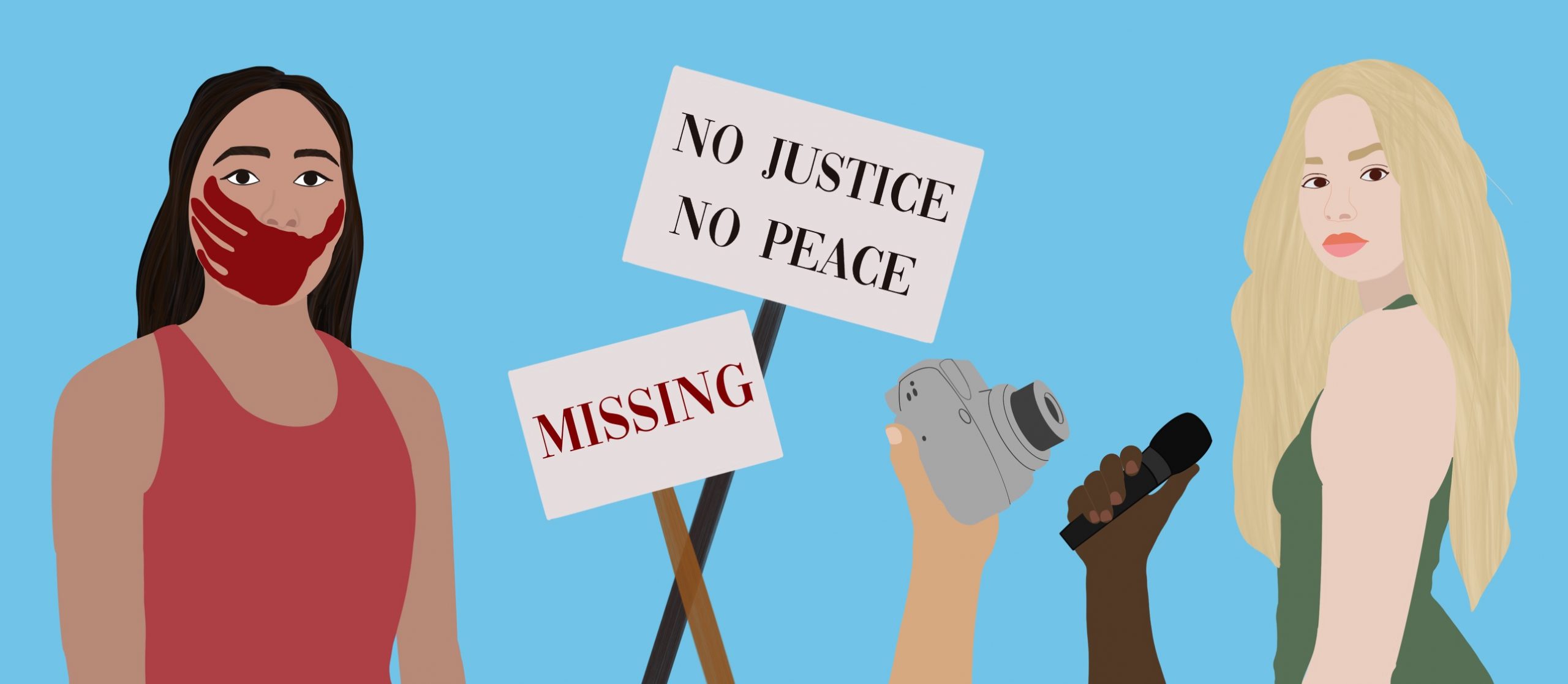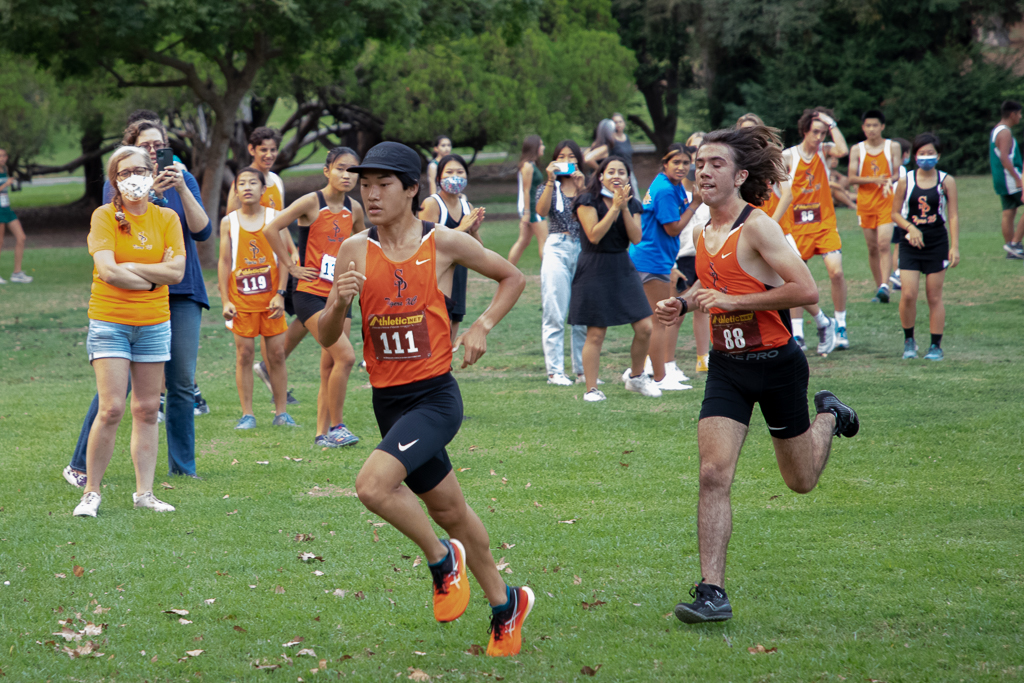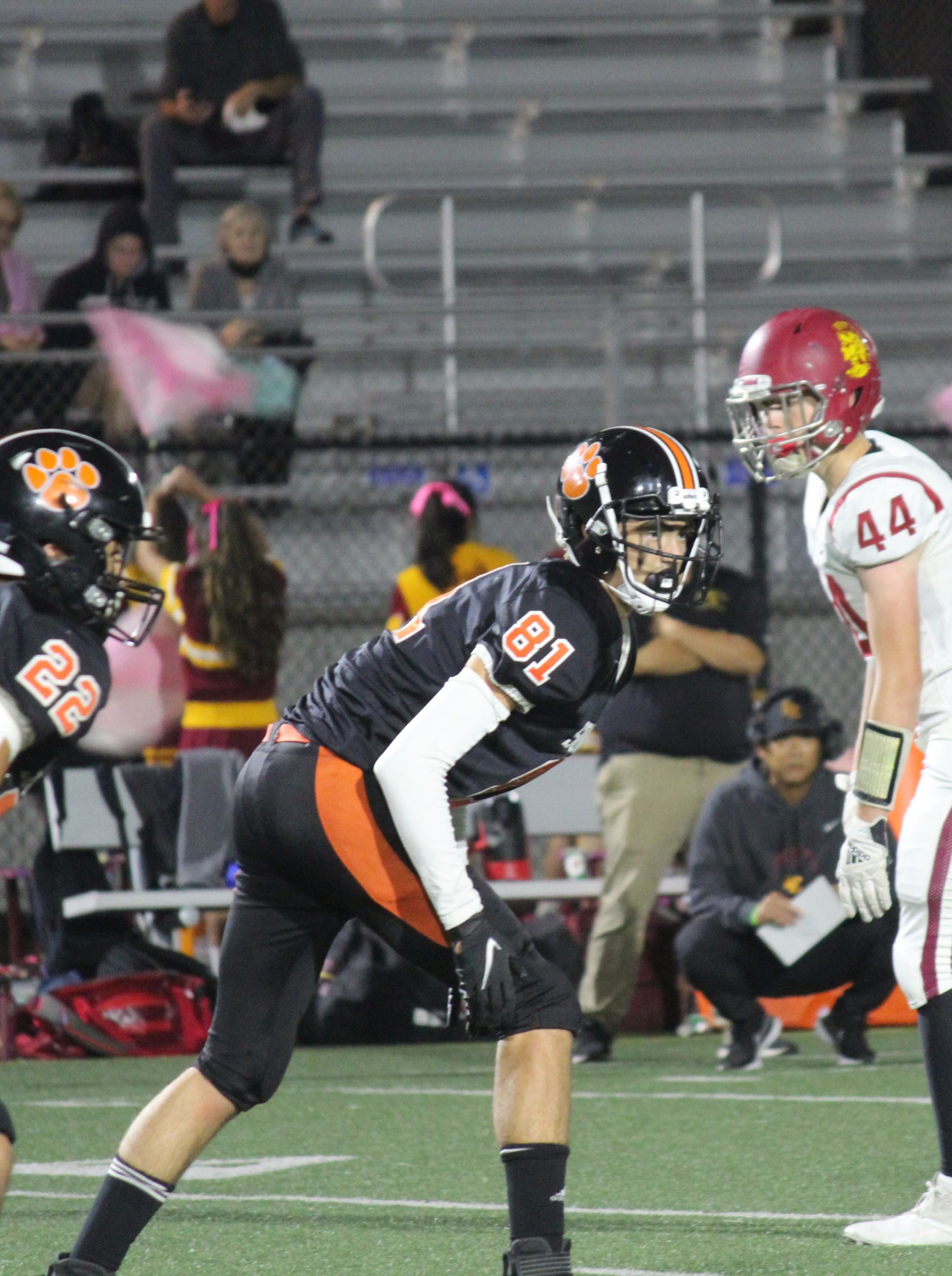Story by Hanna Bae
Staff Writer
Illustration by Allison Lee
Staff Illustrator
Social media has had an undeniable effect on modern generations. From wholesome social interactions and inducing mental illness to cyberbullying and heartwarming success stories, all aspects of life are shown on and influenced by social media and its users. Social media’s impact has even ventured into criminal investigations Yet, users and national news outlets also direct a disproportionate amount of attention to cases that involve white women, and take away from cases involving people of color that go unnoticed for years on end.
This September, aspiring social media influencer Gabby Petito was on a cross-country road trip with her fiancé, Brian Laundrie, when she disappeared on August 27, 2021. She documented her journey in YouTube vlogs and a regularly updated Instagram and TikTok. Her remains were later found in Wyoming’s Grand Teton National Park, in the Spread Creek Dispersed Camping Area. Her social media presence assisted her local police department in finding evidence and also attracted a larger-than-average amount of media coverage.
The North Port Police Department was able to analyze a video posted by a Youtube vlogging family that unintentionally captured Petito’s and her fiancé’s van while on the road on the day that Petito supposedly went missing. Their interactions are documented on all of her personal platforms as well, giving clues as to what her last days may have looked like. Social media’s assistance in Petito’s case was not abnormal. In fact, social media has come to have an indisputable impact on investigations across the country. In a 2014 survey conducted by LexisNexis, 73% of investigators believed that information obtained via social media helped them solve investigations more quickly and 67% agreed that Social media is a valuable tool in anticipating crimes as well. Police departments use various social platforms to conduct sting operations, track locations, and reach out to the public.
Although social media can be extremely helpful in investigations, missing persons cases involving white women are more marketable for news outlets. In turn, it takes attention away from similar cases that involve indigenous people. A report by Wyoming’s Taskforce on Missing and Murdered Indigenous Persons found that over 700 Indigenous people went missing in Wyoming from 2011 to 2020 alone. It also found that 76 percent of articles among local news outlets in Wyoming covered missing white people while they were missing, compared to 42 percent of articles on missing Indigenous people while they were missing. The disappearances of multiple Indigenous women go undetected, their cases unnoticed and swept under the rug. The lack of attention these cases receive stems from the idea of the missing white woman syndrome, as dubbed by the late PBS anchor Gwen Ifill nearly two decades ago.
The missing white woman syndrome describes how white women are continuously depicted as gentle and caring while women of color are seen as loud and reckless, insinuating that they contributed to or caused their own disappearances. Crimes involving young, thin, conventionally attractive, white women often receive the most media coverage. This contrast is particularly visible in Petito’s case, in the extra attention she is receiving as a white woman with a social media platform. A study by Northwestern Law in 2016 of four national and local news outlets found that, in comparison to the total number of FBI cases, Black people were significantly underrepresented in coverage of missing persons.
This inequity raises the question of how influential social media can truly be in investigations as well as how users perceive missing person cases and crimes themselves. Many have expressed frustrations in how missing person cases involving white women are more visible, and cases involving women of color are almost completely disregarded. Although publicity is effective and valuable, it is inevitably unequals.
Ana Navarro, a political commentator for CNN commented on Twitter that while she was grateful Petito’s case was getting a lot of attention, “I just want there to be same interest and energy [for] every disappeared young woman in America — Brown, Black, Native-American, transgender.”
Social media has proven to be a critical tool in investigations, providing coverage on many different cases that would go unnoticed otherwise. However, media coverage is not entirely equitable, and “missing white woman syndrome” engulfs news outlets around the world. More publicity should be geared towards missing Indigenous women and biases that influence a user’s consumption of media should be reassessed.



